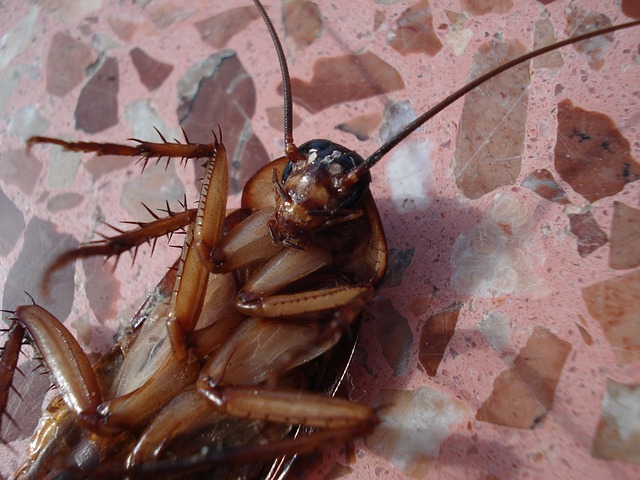German cockroaches (Blattella germanica) are known for sneaking into homes and reproducing very quickly. Finding an invasion as soon as possible is very important for controlling it. Knowing the signs of a German cockroach infestation can help people move quickly to stop the problem from getting worse.
1. Fecal Droppings: Small, dark droppings are one of the first signs that you have a German cockroach problem. These roach droppings, which look like coffee grounds or pepper flakes, are often found in bathrooms and kitchens, where roaches like to hang out. Checking these places on a regular basis can help you find roach activity.
2. Bad Smell: German bugs have a strong, musty smell. If you smell something bad that won’t go away, especially in small places like closets and pantry areas, it could mean that you have roaches. The smell comes from chemicals that roaches make, and it’s easier to smell when there are a lot of them.
3. Lose their exoskeletons: As German cockroaches get bigger, they lose their exoskeletons and are left with thin, clear bodies. These waste products can be found near places to hide, like behind appliances, in cabinets, or along walls. Finding these remains is a clear sign that roaches have been around.
4. Egg Cases: The egg cases of German cockroaches are brown and about the size of a rice grain. They are called oothecae. They are usually dumped in safe places near food and water sources. If you find these egg cases, it means that there are roaches that are reproducing nearby.
5. Activity at Night: German cockroaches are nocturnal, which means they stay hidden during the day and move around at night. If you often see roaches running away when you turn on a light at night, it means they are looking for safety in your home.
6. Visual Proof: German cockroaches are very good at hiding, but if you see one or more during the day, it’s clear that you have an infestation. If you see roaches during the day, it means that their number has grown enough that they are actively looking for food and a place to live.
6. Allergic responses: Some people can have allergic responses when they are exposed to German cockroach allergens. If you or someone in your family has allergy symptoms that you can’t explain, like coughing, sneezing, or skin rashes, it could be because of roaches.
8. Damage That Can’t Be Explained: German cockroaches are known to chew on many things, like paper, wood, and fabric. There may be damage to these things that you can’t explain. It could be from roaches eating them. Look for signs of feeding on stored goods, especially in dark, untouched places.
9. Quick Scattering: If you walk into a room and see a sudden scattering of small bugs, it’s possible that German cockroaches are there. Their quick moves and tendency to hide when they are scared can be very clear signs of an infestation.
10. Hire Professionals: If you think you have a German cockroach problem but aren’t sure how bad it is, you should talk to a pest control professional. They know what they’re doing and have the right tools to do thorough inspections and put in place focused control measures.
In conclusion, finding a German cockroach problem early is very important for getting rid of them effectively. Homeowners can take care of the problem before it gets worse by inspecting their homes regularly, knowing the signs, and acting quickly. To keep your home free of pests, you need to act quickly and precisely.
